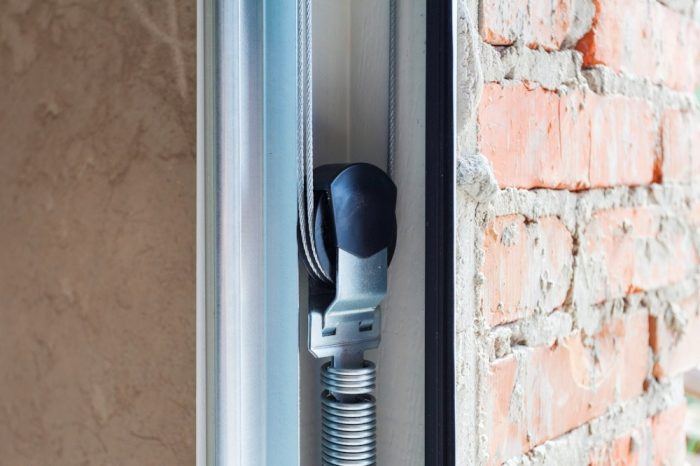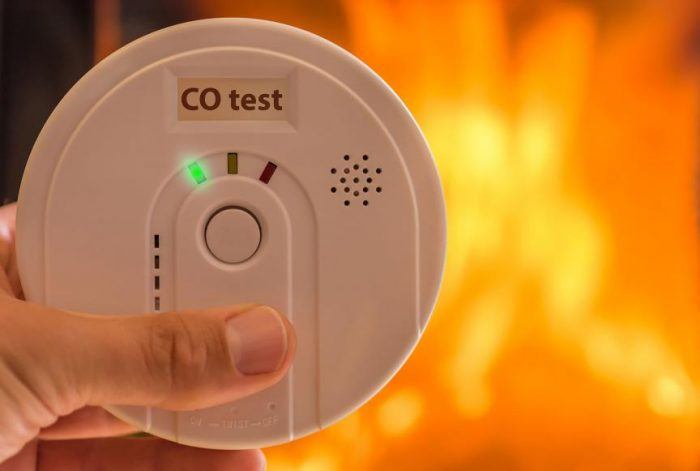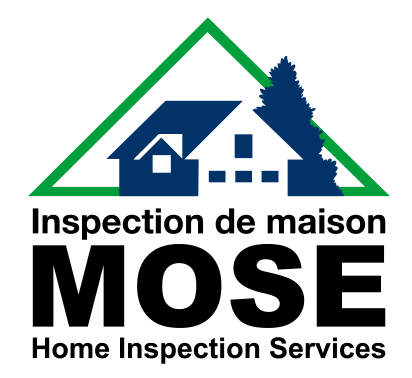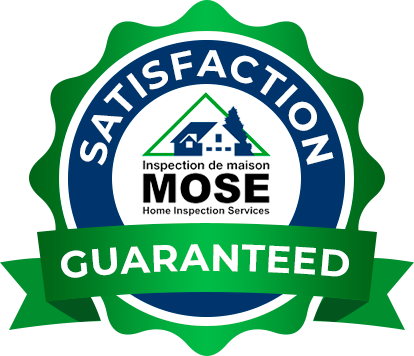Confinement Cleaning Time: How to Fall in Love with Your Garage
Confinement measures have us stuck at home, but it is a great time to do some cleaning. What better place to start than your garage, often a place where we store junk and things we don’t know where else to put. With a little TLC, your garage could become one of your favourite places again, well organized, clean, and useful. Above all else, your garage should also be a safe place. So, once the clean-up is done, here are some tips and considerations to make sure your garage is in tip-top shape.
Organize and unclutter
Start by organizing the items that you are keeping in your garage, such as sporting equipment, tools, gardening supplies, etc. Use this opportunity to purge and give away items that you no longer use.
If you have flammable items, try to keep only small amounts. Make sure to store flammable items away from electrical sources to reduce the risk of fire.
Make sure that the lids of any leftover paint cans, thinners, varnishes, etc. are sealed tight so no gases or other air contaminants can escape.

Garage door safety
Your garage door is probably the largest, moving object in your home. Since almost all garage doors today are operated by automatic electric door openers, you should make sure to maintain and test your garage door to make sure it operates properly.
Older models of garage door openers often lacked safety equipment, but today they come with photoelectric sensors. The sensors of your garage door should be at the correct height. The recommended height is 15 cm. from the floor. This height ensures that even if someone has fallen down under the door, it will stop before any injury can occur.
Garage door reversal system
The reversal system makes sure that if your garage door strikes something, it will stop or go back up. This system is standard in garage doors made after the 1990s. You should check the reversal system to make sure it operates properly. To do so, place an object like a brick under the garage door opening. Try having the door go down to make sure that the door reverses itself when it strikes the object.
Garage door springs
If your garage door is equipped with springs installed on the side rails, make sure you have installed safety cables in the spring. If the spring breaks, a restraining cable on the extension spring will contain it and reduce any risk of injury
.
Garage door electrical connection
Garage doors should have their own independent electrical outlet. Too often, they are connected through an extension cord or to an adaptor in the ceiling light of the garage. Extension cords can overheat and become a fire hazard. Make sure your garage door opener is plugged into a dedicated electrical circuit.
Garage door maintenance
You should remember to lubricate the springs over the door annually along with the hinges. Examine the springs, pulleys, cables and other hardware for signs of wear and tear. Replace any parts that appear worn out.

Garage drains
Some garages may have a drainage pit in the middle of the garage floor. Lift the cover to make sure it is not dry. If it is dry, sewer gases may be leaking into the home. The pit should be flushed with fresh water every couple of months. If the garage is at basement level, then the drain should also have an anti-backflow valve.
Door from the garage to the house
For garages that are connected to the home, the door that leads from the garage to the home must comply with fire safety regulations. This door can be one of three types: a solid wooden door not less than 1 3/8 inches thick, a solid or honeycomb core steel door, or a 20-minute fire-rated door.
You should also note that all three types of doors need to have weather-stripping or seals along all four edges of the door. This is to prevent gases and exhaust fumes from being drawn from the garage into the home. The door should also be equipped with a self-closer.
Heating in the garage
Many older homes have heating ducts in the garage. If this is the case, these heating ducts must be sealed off and a new source for heating should be added. This can be baseboard heating that is installed 18 inches from the ground.
Carbon monoxide detectors
In addition to a smoke alarm, it is a really good idea to have a carbon monoxide detector installed in your home. A good location for the detector would be somewhere close to the door leading to the garage. A lot of carbon monoxide gas can accumulate in the garage even if a car is not running and this can make its way into a home through an open door. The garage is an often-overlooked part of your home, but it deserves the same attention and care as other parts. Once cleaned and regularly maintained, it can become a welcoming place for doing hobbies and crafts. The garage is also an area that is regularly examined by a home inspector during a home inspection. Make sure you follow the advice and guidance in your inspection report. At Mose Home Inspection, our goal is to make sure you know everything about your home, including your garage.


